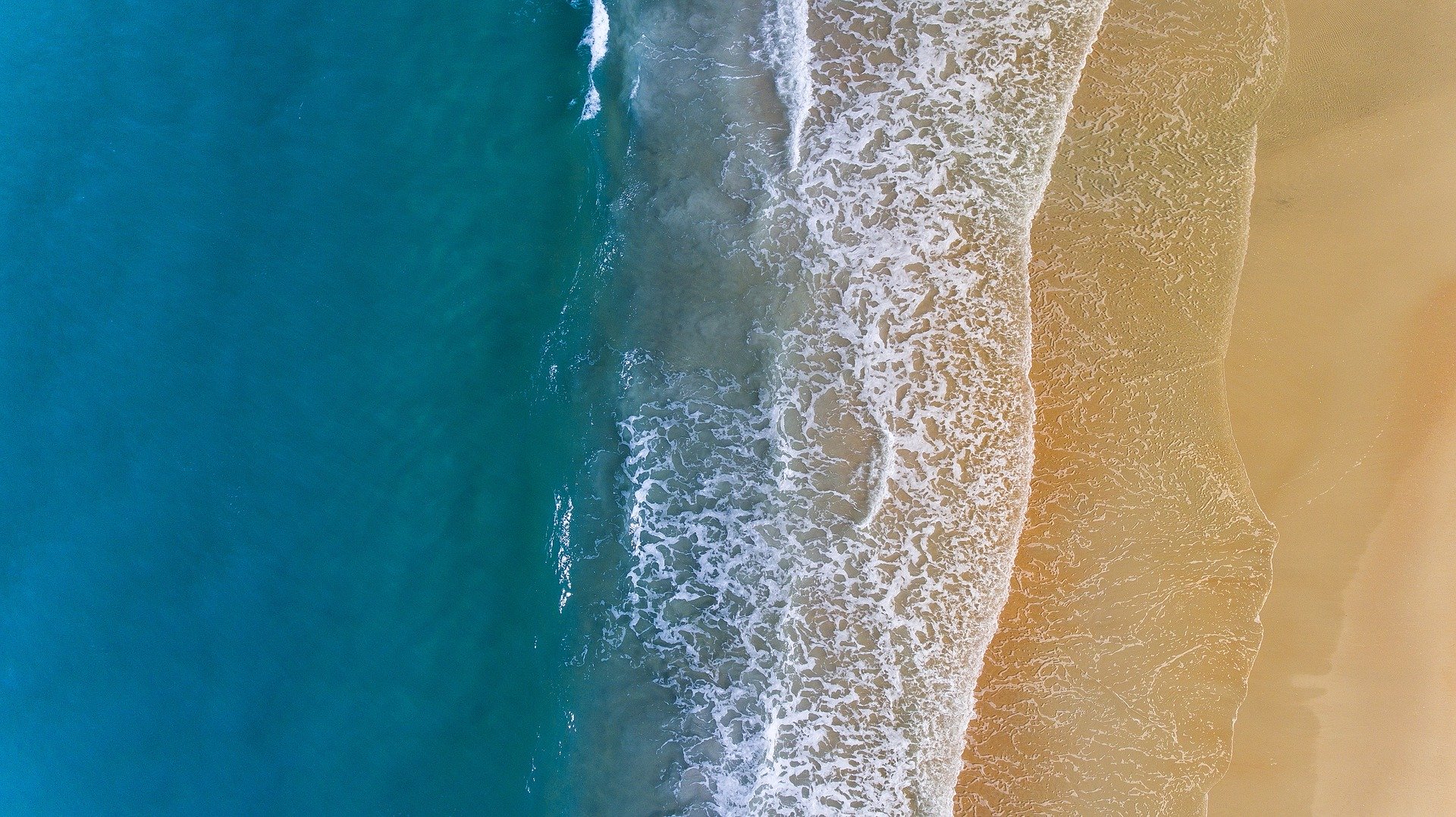- Listen to the story
- Create the story world
Imagine what it would have been like to live a long, long time ago. What would you have been able to see? What could you smell? What could you hear?
We’re going to think about listening. Together, we’re going to create a little snapshot of the world of the story by making a soundscape, following the arc of the story through its beginning, middle and end.
Watch this video and then follow it through step by step to create your own sound map of the story.
Step 1: Gather what you need
Musical instruments (if you have some)
Pots & pans
Homemade shakers (try filling some pots or jars with dried rice or lentils)
Plates and cutlery
Water in a plastic bottle
Parents and siblings to help create noise
Your voices & bodies!
Step 2: Imagine the sounds of the story
Think about what the characters in the story could hear during each part of the story. Make a list or draw a sound map of the beginning, middle and end. Imagine yourself standing in Cantre’r Gwaelod. What can you hear all around you?
Practice creating each of these separate sounds with the instruments you’ve got, your bodies, and your voices.
Here are some ideas for different sounds:
Beginning: “Living in Cantre’r Gwaelod”
Sea water lapping
Breeze
Cows/sheep/other animals
People talking
Middle: “During the party”
Singing
Pouring drinks
Feet tapping/dancing
Music
The sound of the storm rising in the distance
People talking and laughing
End: “The storm breaks”
Waves rising
The wall breaking
Wind howling
People shouting
The bell ringing
Step 3: Create a story sound map
Once you’ve decided on the sounds you can hear at each stage of the story, create yourselves a sound map that traces the plot of the story. Depending on how many people are creating your soundscape, you can add as many or as few sounds as you like e.g. one person could make the sound of animals at the beginning, the sound of people laughing and stamping feet in the middle, and the sound of wind blowing and drumming rain on a saucepan at the end.
Your sound map doesn’t have to look like mine. You can draw it out in whatever way makes sense to you.
Step 4: Add volume control
How will you show on the map where to get louder and quieter? Add some volume control!
Step 5: Perform the soundscape of your story
Follow the map and perform your story through sound! It’s fine to improvise a bit as you go along…
- Tell us the story
Why not record yourselves telling the story with the soundscape you’ve created as background sound? You could take it in turns to share the story and create the soundscape. Use your sound map to help remember how the sound of your story changes as the story action moves forwards.

